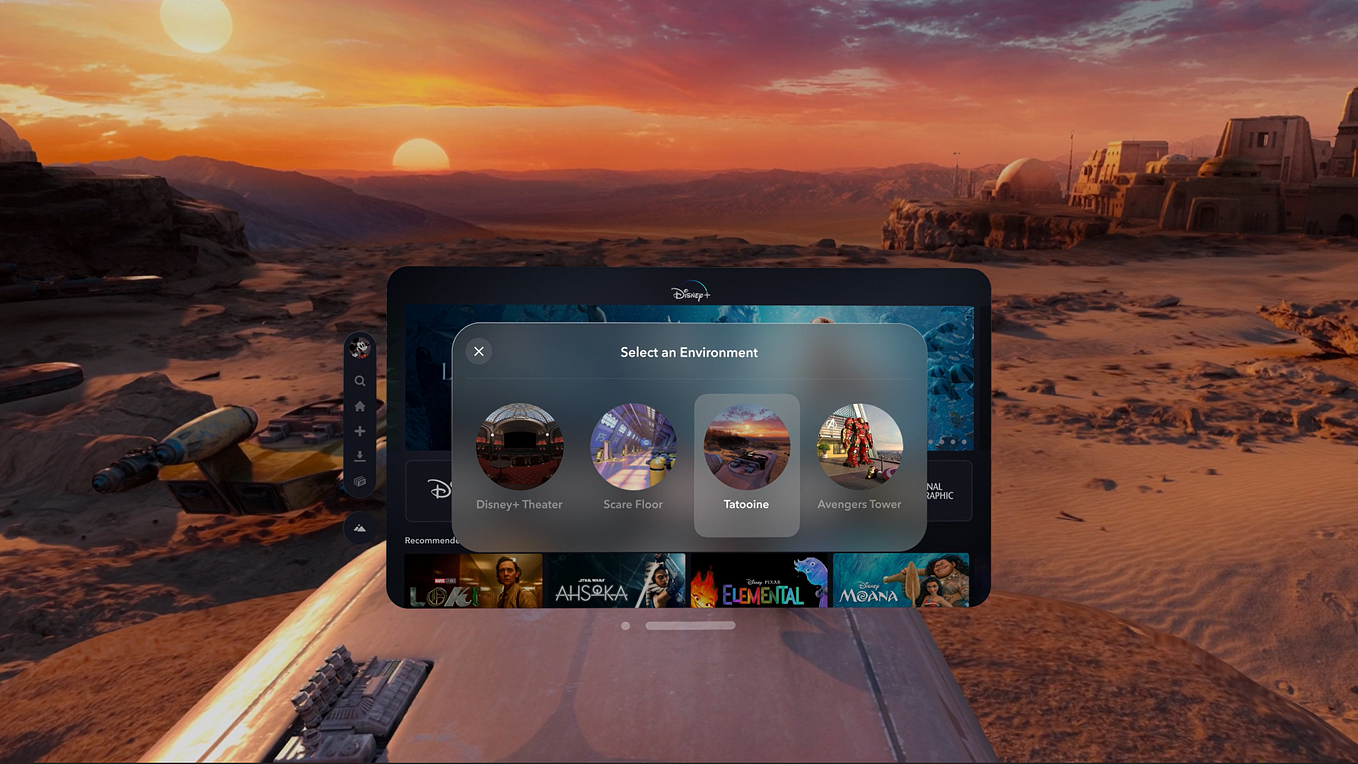Evolution of Home Video Technology
Background:
Home video streaming and video technology has come a long way. It hasn’t always been as simple as two clicks of a button and tens and thousands of movies are right at the tip of our fingers. Before even the time of having televisions at home, cinemas were designed to be the best possible way to experience movies. The only way people can watch the latest and greatest was by going to their nearest movie theaters. Then with the invention of television, this saw the evolution of watching movies at home. Television stations saw the opportunity to get many people to tune in without having to produce new content by airing older movies. However, one of the biggest nuisances with TV back then is movie programs needed to fit a specific time slot and if you missed it, then that was it. It was only until when the game changing VCR player and VHS tapes era came into play. This empowered people to have the ability to create their own “home theater”.
Era of VHS:
The VHS video cassette format was first introduced in North America in 1977 after a successful reveal in Japan in 1976. The biggest features that came with owning VHS tapes is having long playtime of up to 4 hours and fast rewinding and forwarding. VHS also enabled viewers to record TV shows and watch prerecorded movies. This was a major change as people did not have to miss out on their favorite TV shows or movies if they were busy during the specific time slot that they were aired on. At the time VHS biggest competition came from Betamax, which was a Sony product introduced a couple years earlier in 1975. Although both similar in design and features, Betamax was considered the more sophisticated technology. However, the small discrepancies between VHS and Betamax wasn’t worth the price tag Betamax charged which is why VHS emerged as the clear winner. According to reports from The Conversation and Wired, in the first year of sales, VHS took 40% of Sony’s business. By 1987, 90% of the US $5.25 billion VCR market sales were VHS. As you can see, VHS clearly emerged as the more successful and dominant home video technology format.
VHS became a very popular household item because this was the first-time viewers felt like they could control their watching experience and it made the media viewing experience easier. At the time, media companies hated that people could record things on TV and share it with others as it would take it away from their proceeds. They even tried to fight against it with lawsuits as well as other actions. Nonetheless, VHS still emerged victorious and even started the rise of other companies and video stores, like Blockbuster where you could rent or buy movies to watch at home. Also, cable networks like HBO, Cinemax, and Showtime started to emerge offering premium programming around the same time.
Fall of VHS and Rise of DVDs:
With VHS being the first-time households felt like they could enjoy their own “home theater”, there were still some limitations that came with it. Some of these limitations included image quality with VHS only having the ability to manage up to 250 horizontal pixels. Another disadvantage was the durability of VHS cassette tapes as the more they were played, the weaker they became. Not only that, but the deterioration of the tape worsened the image quality, until it was too damaged to be played. Last but not least, VHS tapes weren’t always the most convenient to use. If you wanted to skip scenes you had to slowly wind it forward and not to mention if you wanted to re-watch a film, there was always the hassle to have to rewind it all the way back to the beginning first. This is why once DVD’s were first released for sale in the US around 1997 it began to take over. Home entertainment distributors quickly adopted the DVD format to replace VHS tapes as the primary consumer digital distribution format. It was praised for its higher video and sound quality, superior lifespan and the fact that it could be interactive. Around the mid 2000s many retail chains stopped selling VHS equipment. Hollywood also stopped releasing movies on VHS with the last movie being “History of Violence”, released in 2006. When DVD players first came out, they were very expensive, hitting the shelves for a price of $799. However, once DVD players started to drop in price it led to the start of a new era for video home streaming.
According to Variety, “By 2002, about 80 million DVD players had been sold, making it the fastest-adopted consumer electronics device ever. By June 2003, DVD rentals had surpassed VHS rentals for the first time, and players could be had for about $100.” The rise of DVD’s also led to the rise of services like Redbox, which allowed customers to rent movies or DVD’s from their kiosks for a certain time, usually at a cheaper price than renting or buying from video on demand. This was another option for people to rent out the latest releases and have the ability to watch it from the comfort of their home if they were not interested in buying or seeing the movie at the time. This all helped with the rise of DVD’s and according to CNBC, “At its peak, DVD sales reached $16.3 billion and were 64% of the U.S. home video market.”
Even as time went on, DVDs faced competition from the likes of Blu-Ray technology, but DVD production didn’t wind down as many people were thought to be satisfied and did not feel the need to switch to Blu-Ray along with its higher price tag. Instead, a rise in customers buying on demand films and the launch of streaming services is what has caused DVD sales to decline more than 86% in the past decade.
Current Era of Subscription Services:
As you might be able to figure out for yourself, a new era is upon us for home video technology and it has started with the rise of streaming services. Platforms like Netflix, Hulu, Disney+, Apple TV+, HBO Max and many more have now all established themselves in the home video market. It is now easier than ever to find everyone’s favorite new and old movies or tv shows. With a couple clicks of a button, endless options are available right in the comfort of our own home. There is no need for a VCR player to play VHS tapes or DVD players to play DVD’s. There is also no need to go out to buy DVD’s or rent movies. Subscription services have made it easier than ever to watch tens of thousands of hours of entertainment without having to worry about getting up…unless it is to look for the remote. Now whether or not this is becoming a health issue is another story. Nonetheless, according to CNBC, “Since 2011, platforms like Netflix, Hulu and HBO have seen sales balloon 1,231% to $12.9 billion.”
Instant entertainment is what makes these streaming services special. Not only that, but people find it more convenient and cheaper to pay for streaming services like this monthly than having to go to the movie theaters, buying DVDs or purchasing from video on demand. Also, these streaming services are more interactive than ever. There are many desirable features like personal recommendations based on stuff that you watch, ability to create playlists, the ability to start watching something on one device and then cast it directly onto your TV or another device, voice commands, video quality higher than ever, and much more. Streaming services are just beginning as every media company is looking to have their own.
With that being said, one of the bigger competitions that subscription streaming services are facing is illegal streaming and pirated websites. As the internet started to become more utilized for many different things, illegal streaming online started to increase as well. Instead of people pirating VHS tapes or CDs back then, it has now turned into movies becoming available illegally online. There are many websites that guarantee to have the newest and most popular movies, taking away from the market share for the entire US home video market. There are some people that do not find the need to buy DVD’s, video on demand, streaming services, or anything else as it is now easier than ever to find one’s favorite movies on a bunch of pirated websites for free. This is now a new reality that the US home video market has to go and compete against as every year millions of dollars are lost due to these illegal streaming websites. Nevertheless, for the people who are looking for a little better experience than illegally streaming movies, subscription streaming is now becoming a superior option.
Final Thoughts:
All in all, video technology has evolved with each and every era bringing more convenience into people’s lives. Back then, watching movies at home would be very difficult as one had to always time it right to get in front of the TV. As time went on technology like VHS tapes and DVDs emerged to make it possible for people to record movies and fast-forward and rewind. Eventually we are now seeing the rise of streaming services like Netflix and Hulu that bring even more features and interaction with users themselves. However, none of this would have been possible without the small steps and eras in between. Every era of home video technology improved upon the other. It is also safe to mention that all of them were very successful during their respected times. Video technology has just now evolved to it being easier than ever to watch movies whether it is on your TV, desktop, tablet, phone, gaming system, etc. It is only a matter of time where home video technology emerges into something even more futuristic.









